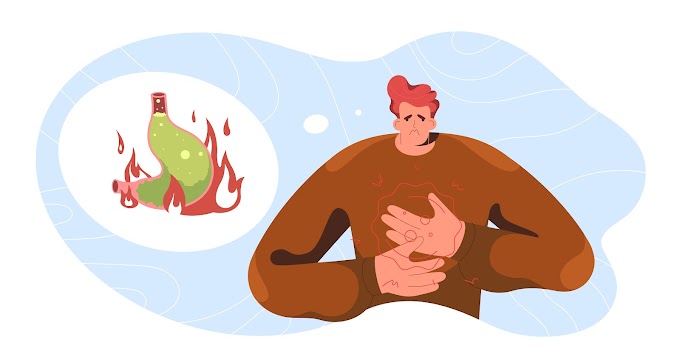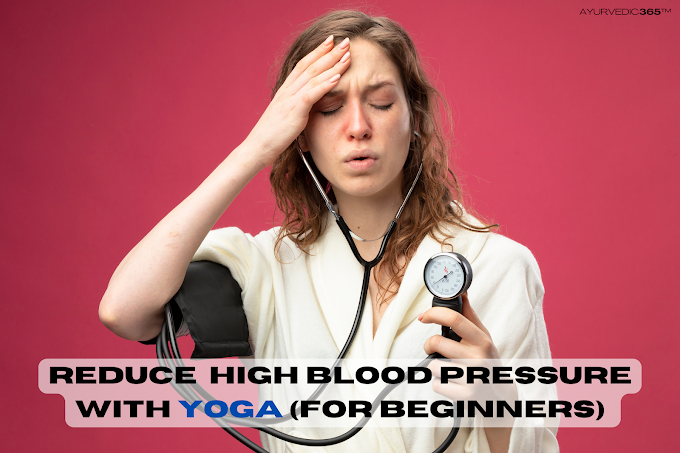Breathe In, Bliss Out: The Art of Breathing for a Healthier You
---
PHOTOGRAPHY BY IVAN SAMKOV
Introduction:
In the world of Ayurveda, the importance of breath, also known as "Prana," is like a thread woven into the core of our being. While it is a constant companion, guiding us through each moment, the breath is often taken for granted. In this exploration, we uncover the profound wisdom of Ayurveda regarding the breath and its pivotal role in cultivating a healthy and balanced life.
The Essence of Prana:
In Ayurveda, Prana is not merely the act of breathing; it is the life force, the vital energy that sustains us. Prana flows through the body, animating every cell and tissue, and forms the bridge between the physical and subtle aspects of our being.
Benefits of breathing:
1. Stress and Anxiety:
Pranayama, especially techniques like Nadi Shodhana and Ujjayi, helps activate the parasympathetic nervous system, promoting relaxation and reducing stress and anxiety levels.
2. Improved Respiratory Health:
Pranayama exercises enhance lung capacity, improve respiratory function, and promote overall respiratory health. This is beneficial for individuals with conditions like asthma or other respiratory issues.
3. Enhanced Concentration and Focus:
The increased oxygenation and improved circulation resulting from pranayama practices contribute to better focus, concentration, and mental clarity.
4. Balanced Energy Levels:
Pranayama helps balance the flow of prana (life force energy) in the body, promoting a sense of vitality and balanced energy levels throughout the day.
5. Better Sleep:
Relaxation techniques within pranayama, such as Bhramari or Sheetali, can be effective in calming the nervous system and promoting better sleep.
6. Emotional Regulation:
Pranayama practices foster emotional balance by calming the mind and reducing feelings of irritability or mood swings. Techniques like Bhramari can be particularly soothing.
7. Digestive Health:
Deep diaphragmatic breathing supports the digestive system, helping to alleviate issues such as indigestion and promoting better absorption of nutrients.
8. Detoxification:
Kapalbhati and other cleansing pranayama practices aid in detoxifying the body by expelling stale air and promoting circulation, which can have positive effects on overall health.
9. Increased Mindfulness:
Mindful breathing practices in pranayama cultivate present-moment awareness, helping individuals become more mindful in their daily lives.
10. Balanced Doshas in Ayurveda:
Ayurveda associates specific pranayama techniques with balancing the doshas (Vata, Pitta, and Kapha), contributing to overall constitutional harmony.
11. Spiritual Growth:
Pranayama is an integral part of traditional yogic practices aimed at spiritual development. Consistent practice can lead to a deeper connection with one's inner self and a sense of inner peace.
Breathing Techniques for Well-being:
1. Ujjayi Pranayama:
Ujjayi, or "victorious breath," involves breathing slowly and deeply through the nose while constricting the back of the throat slightly. This creates a gentle sound resembling ocean waves. Ujjayi is often used in various yoga practices to help focus the mind and deepen the breath.
2. Nadi Shodhana (Alternate Nostril Breathing):
It is a balancing and calming pranayama technique. It involves inhaling and exhaling through alternate nostrils, using the fingers to block one nostril at a time. This practice helps balance the two hemispheres of the brain and promotes a sense of calm.
3. Kapalbhati Pranayama:
Kapalbhati is a dynamic breathing exercise involving rapid, forceful exhalations and passive inhalations. This technique is known for its energizing and cleansing effects on the respiratory system. It is essential to practice Kapalbhati with proper guidance and awareness.
4. Bhramari Pranayama (Bee Breath):
Bhramari involves producing a humming sound during exhalation, similar to the buzzing of a bee. This practice has a calming effect on the nervous system and is often used to relieve stress and anxiety.
5. Dirgha Pranayama (Three-Part Breath):
Also known as complete yogic breath, Dirgha Pranayama involves deep inhalations into the abdomen, ribcage, and chest, followed by a slow exhalation. This practice enhances lung capacity and encourages a full, balanced breath.
6. Anulom Vilom (Alternate Nostril Breathing Variation):
It involves inhaling through one nostril while blocking the other, then switching nostrils during exhalation. This pranayama technique helps balance the flow of energy in the body.
7. Sheetali Pranayama (Cooling Breath):
Sheetali involves inhaling through a rolled tongue or pursed lips, creating a cooling sensation. This pranayama is beneficial for reducing body heat and calming the nervous system.
8. Bhastrika Pranayama (Bellows Breath):
Bhastrika is a forceful breathing technique where both inhalation and exhalation are performed rapidly. This practice helps increase energy, oxygenate the body, and improve lung capacity.
9. Yogic Breathing (Pranayama for Beginners):
For those new to pranayama, practicing simple yogic breathing, where you focus on slow, deep breaths, can be an excellent starting point. This foundational practice builds awareness and sets the stage for more advanced techniques.
10. Mindful Breath Awareness (Anapanasati):
Simply bringing awareness to the breath, observing its natural rhythm without attempting to control it, is a foundational practice for mindfulness. This fosters a deep connection with the present moment.
Ideal Time for Your Daily Pranayama Practice:
The optimal time for practicing pranayama can vary based on individual preferences, lifestyle, and overall well-being. However, here are some general recommendations for daily time recordation for pranayama:
1. Morning Practice:
· Recommended Time: Early morning, preferably during the pre-dawn hours, is considered an auspicious time for pranayama. This time, known as "Brahma Muhurta," is believed to be conducive to spiritual practices.
· Benefits: Morning pranayama helps awaken the body, mind, and spirit, providing a positive start to the day. It can enhance focus, set a calm tone, and prepare you for daily activities.
2. Empty Stomach:
· Timing: It's generally recommended to practice pranayama on an empty stomach. This could be before breakfast or several hours after a meal.
· Benefits: Practicing on an empty stomach ensures better digestion, avoids discomfort, and allows for a more effective experience of breath control.
3. Consistency is Key:
· Regularity: While the recommended frequency can vary, aiming for daily consistency is essential. Starting with 10-15 minutes a day and gradually increasing the duration as your practice deepens is a good approach.
4. Evening Practice:
· Timing: Some individuals find that practicing pranayama in the early evening can be beneficial as well. This can serve as a way to unwind from the day's activities and promote relaxation before bedtime.
· Benefits: Evening pranayama can help release tension and stress accumulated throughout the day, fostering a sense of calm and tranquility.
5. Before Meditation or Asana Practice:
· Integration: Incorporating pranayama before meditation or asana (yoga postures) practice can enhance the overall experience. It helps create a focused and centred state of mind.
6. Listen to Your Body:
· Personal Rhythms: Pay attention to your body's natural rhythms. Some people may find they have more energy and focus in the morning, while others may prefer practising in the afternoon or evening.
Conclusion:
Immediate effects, such as relaxation and increased focus, can be felt after a single session of calming pranayama. Within a few weeks, improvements in sleep and cumulative stress reduction may become apparent. Over 1-3 months, enhanced respiratory function and balanced energy levels could be noticed, while longer-term changes, including emotional regulation and mindfulness, may unfold after 3+ months of consistent practice. Patience, consistency, and mindfulness are key in embracing the holistic benefits of pranayama, and recognizing its subtle yet profound impact on overall well-being.
As custodians of our well-being, we must acknowledge the profound impact of our breath on every aspect of our existence. In the dance of life, the breath orchestrates the symphony of our physical, mental, and spiritual realms. By embracing and cultivating the wisdom of Ayurveda through conscious breathing, we pave the way for a healthier, more balanced, and harmonious life—one breath at a time.









Please do not enter any spam link in the comment box.